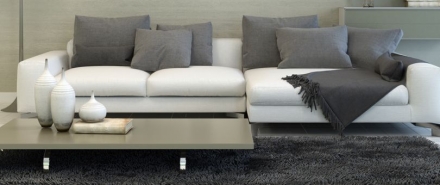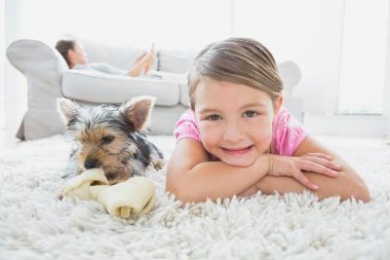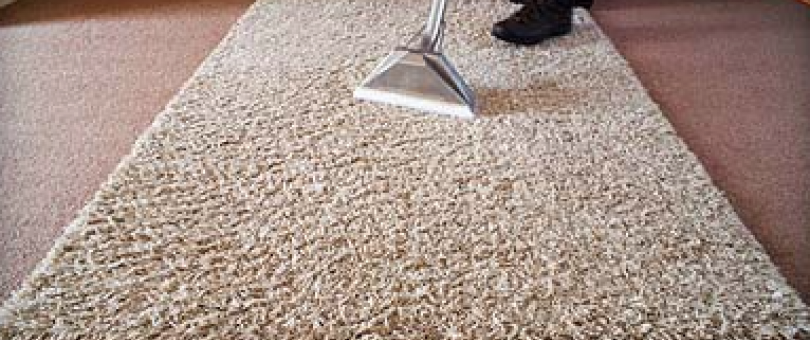Different Types Of Rugs
Dhurrie rugs.
These are thick, flat-woven cotton rugs made in India. They come in a variety of color combinations, pastels being the most popular.
Bordered Rugs.
These are simply rugs of any size or shape with a base color in the middle and strips of border on the edges.
Inlaid Rugs.
Here’s where your imagination can take over. Anything your mind can conjure, a good carpet designer can manifest. Doodle on a piece of paper until you come up with at least a semblance of what you want, and your designer can take it from there.
Oriental Rugs.
These rugs have always been a symbol of wealth, and rightfully so, as they’re quite expensive and rarely lose their value.
Questions For A Rug Cleaning Professional
Ask detailed questions
- Do you charge extra to move furniture off the rug?
- Do you charge extra for “deep cleaning” or “pre-treating”?
- How do you charge for the rug cleaning?
- How long until I can walk on the clean rug?
- What rug cleaning solution do you use?
- Will fumes be a problem for kids, pets, or people with allergies?
- Do you have a copy of your liability insurance for my files?
- What kind of rug cleaning process do you use?
Basic Rug Care
Vacuum rugs to remove dirt.
As with carpet which is basically surface cleaning, the most important thing you can do for area rugs is to vacuum them regularly. If a rug is reversible, vacuum both sides. This removes grit and grime that can wear out your rug prematurely. Take care to not vacuum the fringe of your rug.
Brush out pet hair.
A vacuum will sometimes leave pet hair behind. Use a stiff brush to remove the hair, brushing in the direction of the nap of the rug.
Turn rugs every year.
Foot traffic and sun can put extra stress on area rugs. Turn them once or twice a year to even out the wear.
Shake small rugs.
If the rug is small enough, you can take it outside and shake it or beat it vigorously to remove dirt and grit.
Stain-Removal Tips for Rugs.
Time is of the essence when your rug becomes stained.
Blot – Do Not Rub –
Do not rub out the stain and remove moisture from spills as quickly as possible.
Soft Drinks:
Use a solution of 1 teaspoon liquid dish detergent, 1 quart of warm water, and 1/4 teaspoon of white vinegar. Apply to the stain, rinse, then blot dry.
Coffee or Tea:
Use a solution of 1 teaspoon liquid dish detergent, 1 quart of warm water, and 1/4 teaspoon of white vinegar. Apply to the stain, rinse, then blot dry.
Food Stains:
For foods such as butter, margarine, or gravy, use a dry-solvent spot carpet cleaner.
Gum:
Peel off what you can, then put ice cubes in a plastic bag and harden the gum, scraping the gum off with a spoon or dull knife. Vacuum and use a dry-solvent spot cleaner if needed.
Paint:
For acrylic and latex paint, while the stain is still wet, spot-clean with the detergent solution. If color remains, dab with rubbing alcohol. For oil-base paint, sponge with odorless mineral spirits, being careful not to soak through to the backing.
Melted wax:
Use the same treatment as gum, hardening it with ice cubes in a plastic bag and scraping. Dampen a clean white cloth or cotton ball with rubbing alcohol and blot to remove any remaining wax.
Warning:
Always test any cleaning method in an inconspicuous area for color fasting.
Preparation For Rug Cleaning
- Pre-vacuum before the rug cleaning company arrives
- Remove as much as you can off the rugs to be cleaned
- Remove houseplants from the rugs to be cleaned.
- Secure breakable and valuable items.
- Put clutter away.
- Clear knickknacks from the rugs that need to be cleaned.





